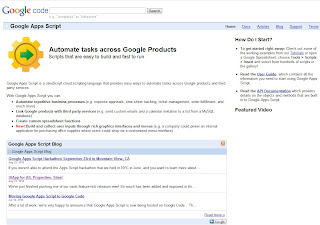Happiness comes to you in different ways. Today, I was surprised, along with 199 others I believe, at the HTML5 Talk event conducted by Google at their campus in Mountain View. While HTML5 was definitely talked about, the key surprise was kept so until the last few minutes of the presentation by the Chrome OS product manager, when he announced that everyone attending the talk would get a Cr-48, as part of their pilot program!
Cloud computing is certainly taking hold, and you can read about Google CEO Eric Schmidt's thoughts at the announcement. There are several reviews already out on the Cr-48, including this one by IT World.
Here's a first impression of an engineering major, a sophomore — my son — on the Cr-48:
Cloud computing is certainly taking hold, and you can read about Google CEO Eric Schmidt's thoughts at the announcement. There are several reviews already out on the Cr-48, including this one by IT World.
Here's a first impression of an engineering major, a sophomore — my son — on the Cr-48:
Microsoft and Apple have to rethink their computer strategy!Nothing but the Web.


